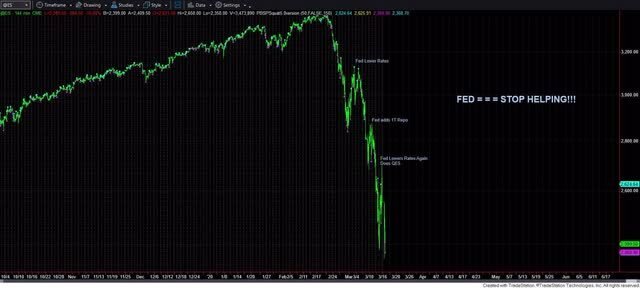While central banks around the world have been aggressively adding gold to their reserves, central bankers don’t tend to talk much about the yellow metal.
Three central bank officials went off script at the London Bullion Market Association conference in Miami.
Reserve managers from the central banks of Mexico, Mongolia, and the Czech Republic sat together on a panel at the conference, and all three indicated their countries plan to add even more gold to their reserves in the near future as geopolitical tensions increase and global interest rates decline, creating more inflationary pressure.
Banco de México international reserves director Joaquín Tapia said, “Given the context that we are facing right now — lower rates, your political tension, U.S. election, a lot of uncertainty — maybe the share of gold in our portfolios could be increasing as well.”
Central Bank of Mongolia director general of the financial markets department Enkhjin Atarbaatar said, “I expect that the reserves will continue to grow, and I also expect that the share of gold in our reserves will likely increase in the future.”
Czech National Bank deputy executive director of risk management Marek Sestak said, “I completely agree as well.”
The Czech National Bank has been quietly increasing its reserves in small increments for the past 18 months. It has boosted its gold reserves by 33 tons over this period and now owns 45 tons of the yellow metal.
Central bankers praising gold is something of an anomaly. Many are buying gold, but they don’t tend to praise its virtues publicly.
National Bank of Poland Governor Adam Glapiński is an exception to the rule. He wasn’t at the LBMA meeting, but he recently said the Polish central bank plans to increase its gold holdings to 20 percent of total reserves.
“Once we achieve this, we will join the ranks of the world’s top economies.”
When he announced a plan to expand gold reserves in 2021, Glapiński said holding gold was a matter of financial security and stability.
“Gold will retain its value even when someone cuts off the power to the global financial system, destroying traditional assets based on electronic accounting records. Of course, we do not assume that this will happen. But as the saying goes – forewarned is always insured. And the central bank is required to be prepared for even the most unfavorable circumstances. That is why we see a special place for gold in our foreign exchange management process.”
Glapiński also pointed out that “Gold is free from credit risk and cannot be devalued by any country’s economic policy. Besides, it is extremely durable, virtually indestructible.”
Poland was the biggest central bank gold buyer in the second quarter. In the last five months, the Polish central bank has accumulated an additional 39 tons of gold. It now holds about 15 percent of its reserves in the yellow metal.
Central banks’ net gold purchases globally totaled 1,037 tons in 2023. It was the second straight year central banks added more than 1,000 tons to their total reserves.
Central bank gold buying in 2023 built on the prior record year. Total central bank gold buying in 2022 came in at 1,136 tons. It was the highest level of net purchases on record dating back to 1950, including since the suspension of dollar convertibility into gold in 1971.
Read the full article here












Leave a Reply